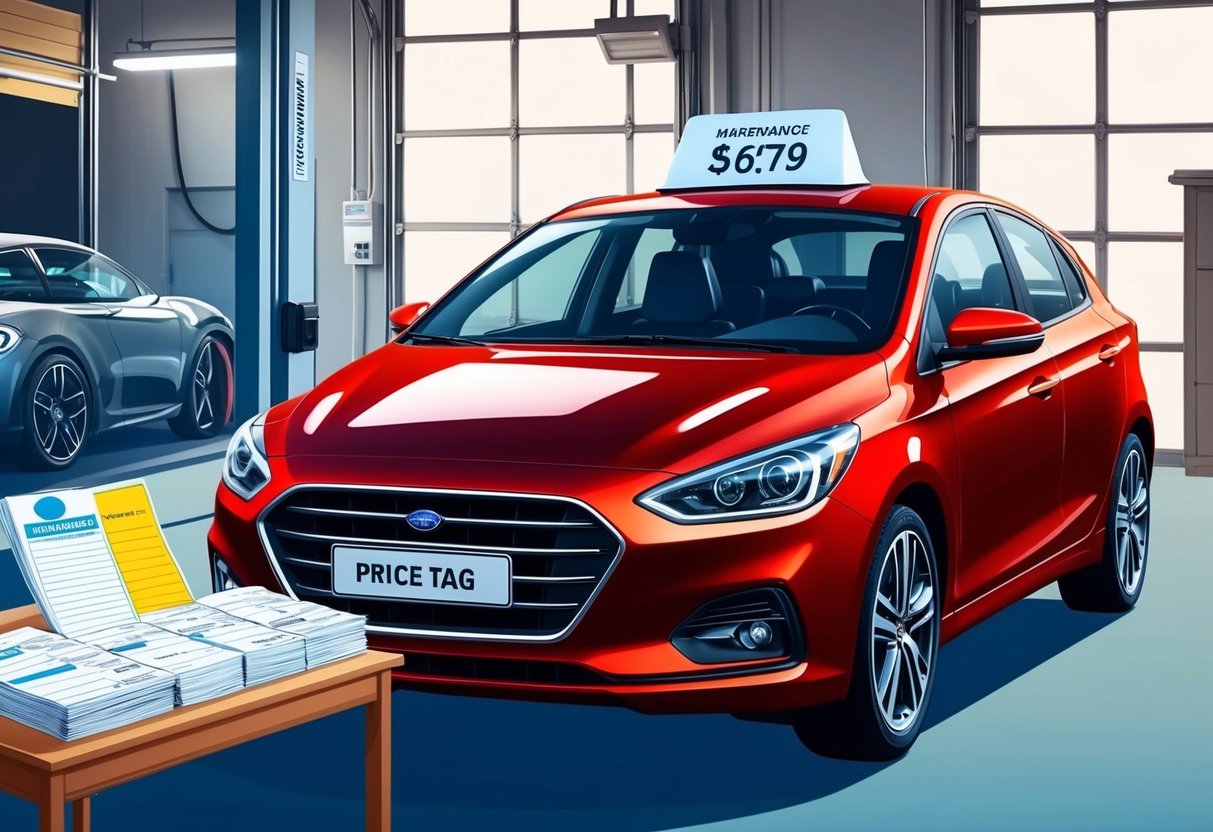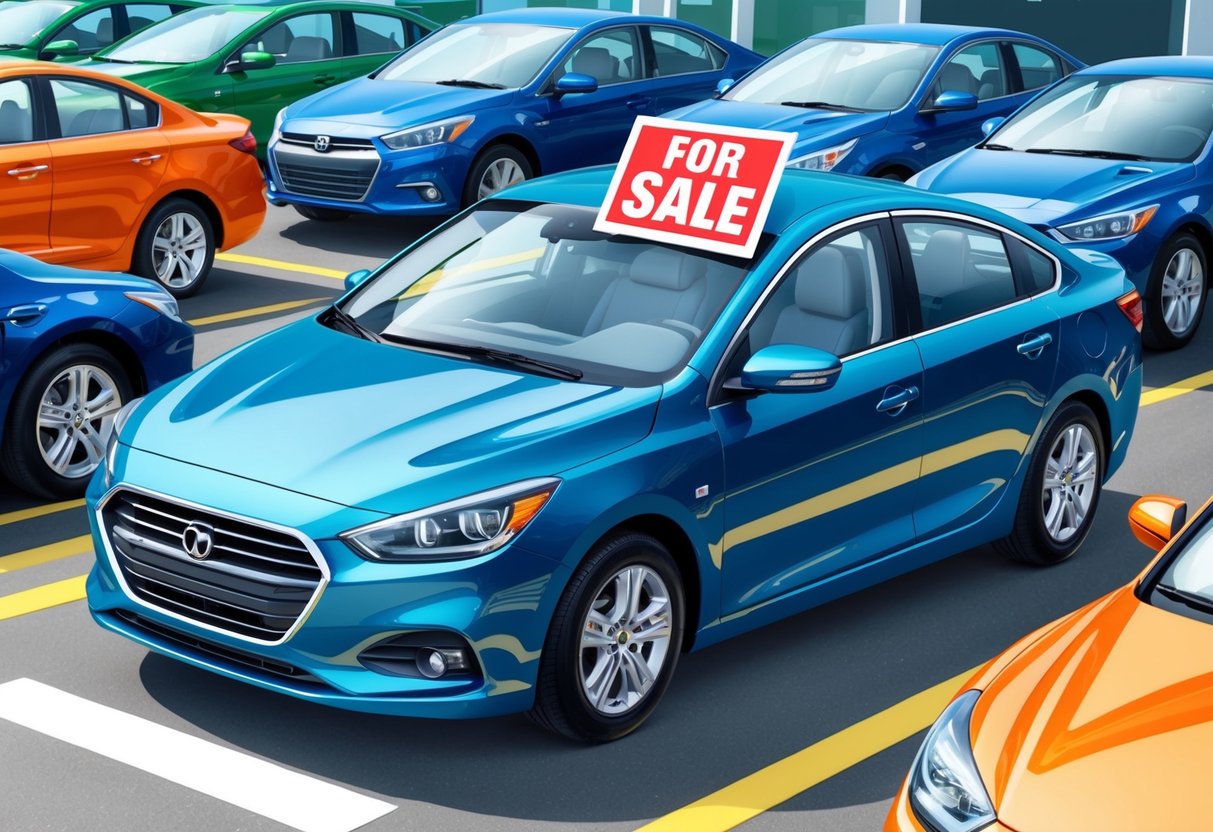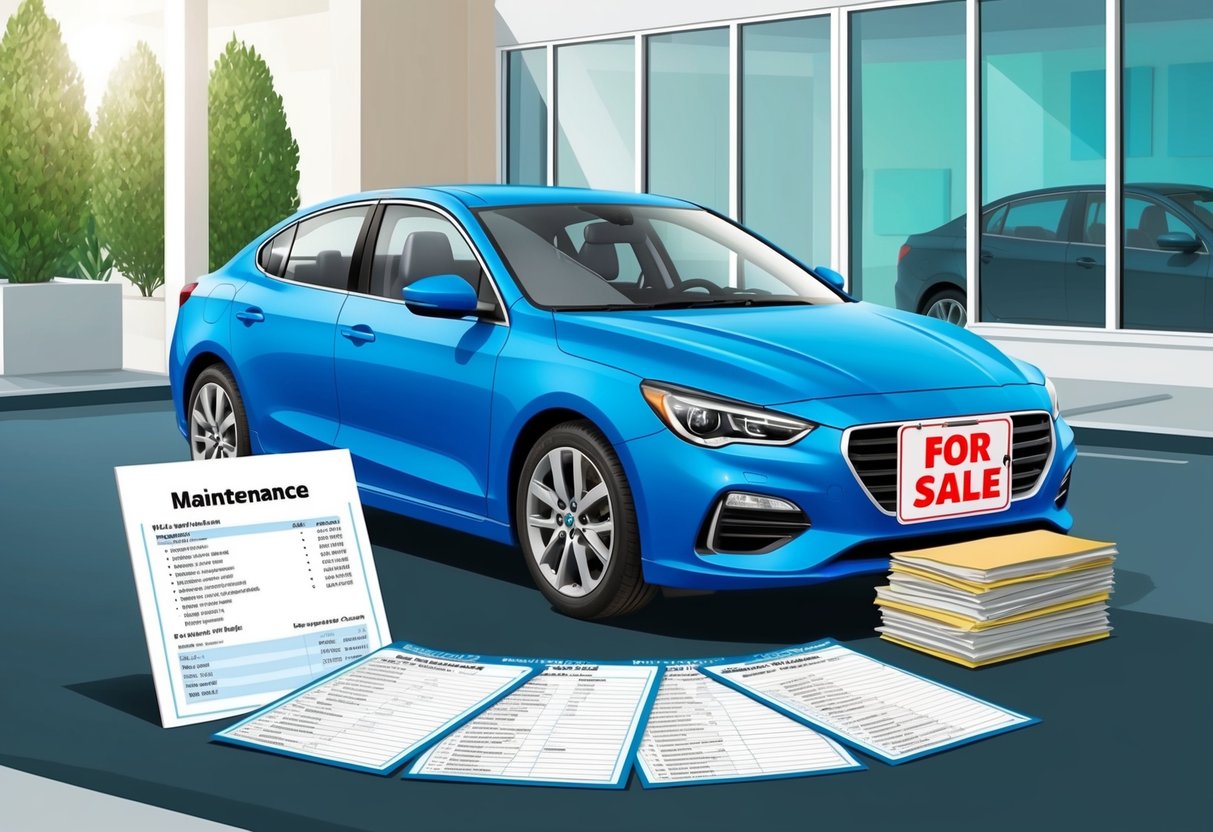
Setting a Competitive Price

Pricing a used car correctly can attract serious buyers quickly and make the selling process much faster. Key considerations include understanding real market value, calculating depreciation, and evaluating any upgrades or damages that may change the final asking price.
Researching Market Value
Accurate pricing starts with reviewing recent sales of similar cars in the same region. Tools like Kelley Blue Book, Edmunds, and NADA Guides provide current value estimates based on make, model, trim, and mileage.
It’s useful to check local online classifieds to see what sellers are asking and which vehicles sit unsold. Many sellers have found success by reviewing competitor listings and setting a price that is slightly below average.
This makes their listing stand out and attracts more attention from potential buyers looking for the best deal. Online selling guides recommend a balanced approach: avoid pricing so low that buyers suspect issues, but also steer clear of setting it much higher than comparable listings.
For more detail on evaluating your car’s value, see this guide on how to value your car and come up with a selling price.
Understanding Depreciation
Depreciation plays a major role in determining the current value of any vehicle. Most new cars lose between 20%–30% of their value in the first year and continue to lose value each year after that.
For a used car, the rate of depreciation slows, but age and mileage are still crucial factors. Use the car’s manufacture date and odometer reading to estimate its typical market depreciation.
Cross-reference data from automotive websites for similar models from the same year and with comparable mileage to ensure realistic expectations. Other factors such as accident history, number of previous owners, and maintenance records can further affect depreciation.
Buyers often pay more for cars with full service documentation and minimal accident history, since these indicate reliable ownership.
Factoring in Upgrades or Damages
Both upgrades and damages can significantly affect a car’s resale value. Upgrades that often increase value include premium sound systems, new tires, navigation systems, or advanced safety technology.
However, many aftermarket modifications may not appeal to every buyer or add as much value as their initial cost. To assess the impact of upgrades, list major features and reference local listings offering similar options.
If selling a car with recent improvements—new brakes, painted exterior, or upgraded electronics—highlight these in the advertisement and adjust the asking price accordingly. Conversely, damages such as dents, scratches, worn interiors, or mechanical issues should be disclosed.
Significant repairs needed will lower the sale price, so factor these in when setting the final figure. For more strategies on maximizing value, explore these essential steps to maximize value when preparing your car for sale.
Advertising Your Car Effectively

A successful sale starts with a well-prepared and visible advertisement. Buyers want clear details, accurate descriptions, and appealing visuals to feel confident in their decision.
Creating an Attractive Listing
A standout car listing should contain all the essential details buyers look for, such as the year, make, model, mileage, trim, and condition. Pricing should be competitive and justifiable, supported by recent maintenance or upgrades.
Using specific terms like “one-owner,” “smoke-free,” or “well-maintained” adds credibility. Including a concise description of how the car was used (city, highway, or mixed) and a list of recent repairs or service helps establish trust.
Clearly mention negotiation terms, such as “firm price” if price flexibility is not an option (examples). Avoid jargon and overused phrases; simple, honest language is best.
Bold formatting, bullet points, or tables can make key information more readable:
| Item | Details |
|---|---|
| Year/Make/Model | 2020 Honda Civic LX |
| Mileage | 42,300 km |
| Condition | No accidents, clean title |
| Service | New brakes, all records |
| Price | $19,500 (firm) |
Taking Great Photos
Quality images are critical when trying to sell your car quickly. Take at least ten clear pictures in daylight, showing each side of the car, all four corners, and both front and rear.
Interior photos should include the dashboard, seats, controls, carpeting, and trunk (guidance). Capture close-ups of unique features, recent upgrades, wheels and tires, and any cosmetic defects to remain transparent.
Photos should be free from clutter, with the vehicle cleaned and positioned in an open area. High-resolution shots allow buyers to zoom in and feel confident about what they see.
Position the car so it is well-lit but avoid harsh shadows. If possible, use a neutral background for a professional look.
Highlighting Unique Features
Highlighting standout features and upgrades will help a listing get noticed among competitors in the used car market. List enhancements, such as leather seats, navigation, backup cameras, new tires, or aftermarket audio, in a separate section using a bulleted format for quick scanning.
- Leather upholstery
- Sunroof
- Remote start system
- Premium sound system
If the car has had a recent pre-sale inspection or includes extras like winter mats or two sets of wheels, mention these explicitly (tips). Transparency about any modifications or extras builds buyer confidence and addresses common questions upfront, reducing hassle during negotiations.
Describing what makes the car distinct enables sellers to target buyers looking for the exact combination of features offered.
Handling Private Sale Transactions

The most successful private sale experiences are structured and secure. Buyers and sellers benefit from clear communication, safe practices, and a well-documented payment process.
Screening Potential Buyers
Carefully screening potential buyers reduces the risks involved in selling your car privately. Sellers should ask initial questions over the phone or email to gauge the buyer’s seriousness and intentions.
Details such as the buyer’s name, contact information, and reason for purchase can be important. Avoid sharing unnecessary personal information during early conversations.
Requesting a valid driver’s license before scheduling viewings will help confirm a buyer’s identity. Declining offers from buyers who avoid direct or clear communication is recommended to maintain transaction safety.
When responding to inquiries, stay alert for signs of scams or fraudulent requests. It’s wise to avoid buyers who only want to negotiate without seeing the car, those who insist on using unfamiliar payment platforms, or anyone hesitant to meet in person.
More tips for safe interactions can be found in this guide on how to protect yourself when selling a car privately.